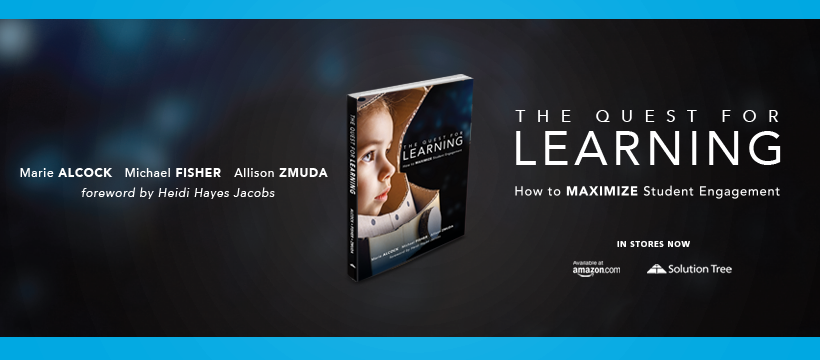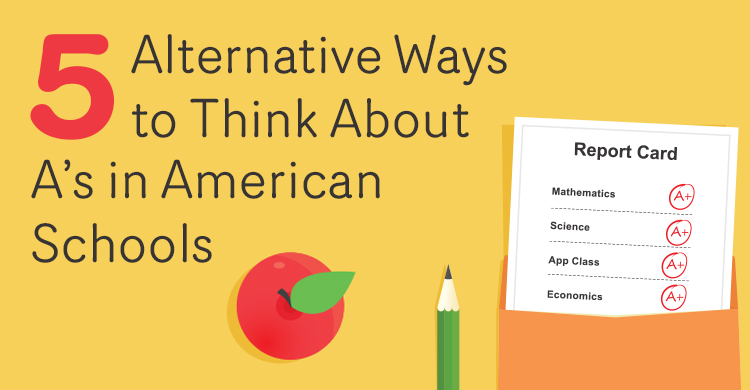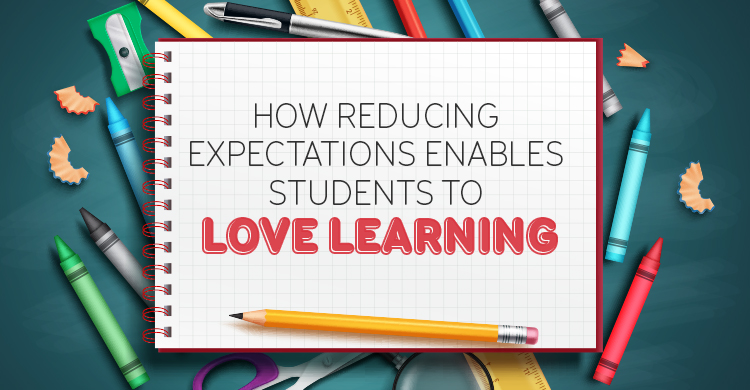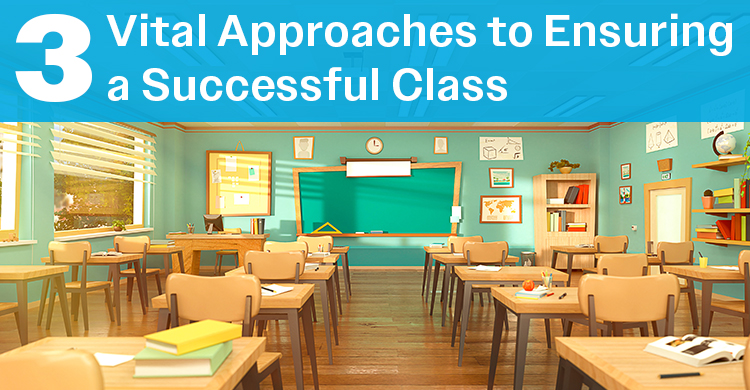In our current contemporary educational landscape, it has become more important than ever to invite student voice into our curriculum and instructional decisions. Their voices invite opportunities for personalization, authenticity, buy-in, motivation, and increased performance.
In this blog post, we are continuing to discuss last month’s theme of the first Learning Tenet from The Quest for Learning:
The learner engages with relevant, worthy inquiries and experiences that are interesting or emotionally gripping.
When teachers ask the questions, students are participants in the inquiry process. When we invite them to create questions with us, it allows for deeper connections to the learning. But when we let students come up with their own questions, the power shifts, and students are in control of their own learning and interests.
There is real power when the question is designed and reworked by the student.
It reveals their growing understanding of the topic or challenge.
It demonstrates what is interesting or fascinating or perplexing.
It creates avenues to access resources and networks.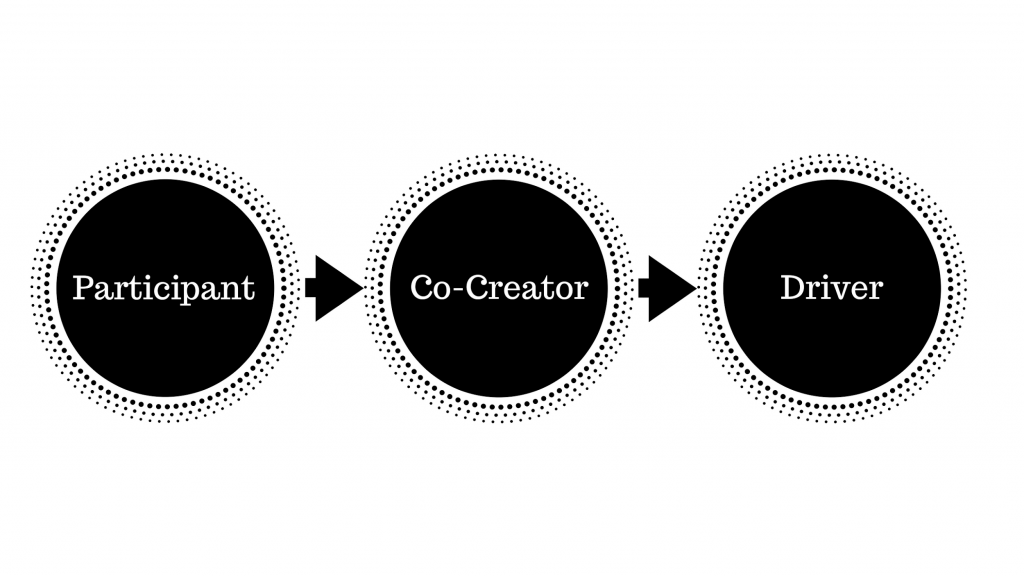 The students need to be in the driver’s seat so they can learn to navigate their own journeys.
The students need to be in the driver’s seat so they can learn to navigate their own journeys.
Let’s look at an example
Based on the Essential Question, “Why are viruses and bacteria more dangerous today than 100 years ago?” Students might respond with the following (not an exhaustive list, just an example):
- What are viruses?
- What are bacteria?
- How are they spread?
- What happens when doctors don’t know what kind of virus or bacteria a person might have?
- How are they treated?
- What is an epidemic?
- How can we protect ourselves from viruses or bacteria?
- What is a vaccine?
- What happens when medicines developed for a particular virus or bacterium stop working?
- Why would medicines stop working or lose their effectiveness?
- If the viruses and bacteria are more dangerous today, how dangerous will they be ten years from now? Fifty years from now?
- Are there safe bacteria?
- Why can’t we use the same flu vaccine from year to year?
- What are antibiotics? When do you use them? Why wouldn’t you use them?
- What is antibiotic resistance?
What emerges from student-driven questioning are pathways to research and products. Teachers and students together could organize these questions so that there are menu options for upcoming instruction. Students choose the menu option that best represents their interest and motivation. Note that the driving questions are questions that students might ask of their teacher, their resources, their affinity spaces, their networks, their peers, or anyone else who might have the answers they need.
In this case, there are some overarching through-lines that are emerging as a result of the students’ questions/brainstorms:
- Good vs. bad bacteria
- Treatments (including antibiotics)
- Why should we care about antibiotic resistance?
After this, teachers would use a variety of supporting questions (questions that are a result of essential questions), probing questions, and reflection questions as students seek answers to their driving questions around the through-lines.
But what of the objective here? What is the objective?
Obviously, their objective is to save the world from infectious diseases! If they are going to be scientist superheroes, then students have to have a voice in how this unfolds in the classroom.
This is very different, and perhaps at times uncomfortable, from the way we used to teach lessons on adaptations that allow unicellular and multicellular organisms to survive, thrive, and multiply. Reading about this information might impart knowledge but not deep understanding. Having students become accustomed to generating driving questions as a lens to pursue deep understanding creates energy, joy, and intention in the classroom.
To learn more about inquiry in the classroom and using inquiry as a contemporary curriculum design lens, please check out our book The Quest for Learning, now available from Solution Tree.
Also check out all of the organizing tools on Solution Tree’s resources page for The Quest for Learning, including one just for “Inquiry Types!”
[author_bio id=”1446″]
[author_bio id=”1485″]
[author_bio id=”1344″]



